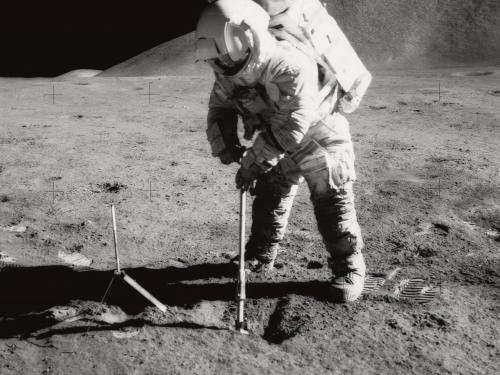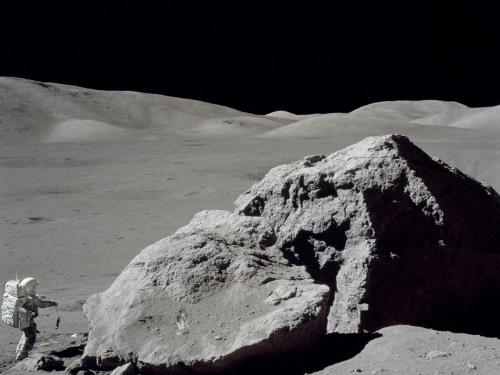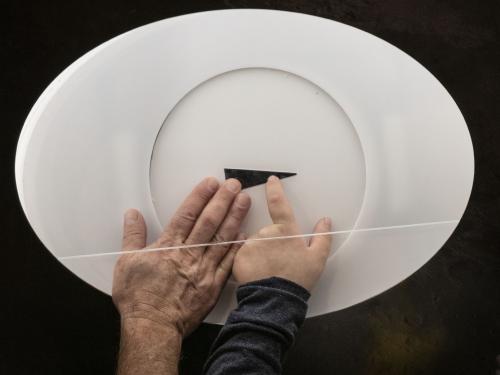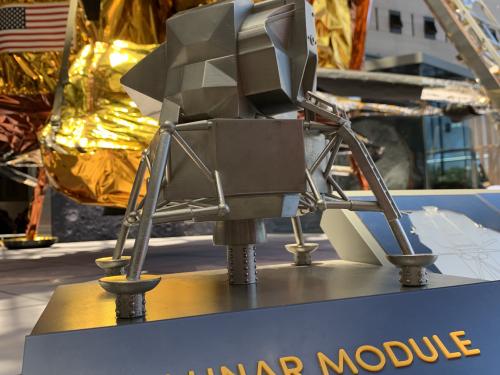
Stories of daring, stories of technological feats, stories of prevailing against the odds ... these are the stories we tell at the National Air and Space Museum. Dive in to the stories below to discover, learn, and be inspired.
Showing 31 - 40 of 91

July 30, 2021
Earl Swift sought out the full story of the LRV’s origins, development, and traverses in his new book “Across the Airless Wilds.” In this interview, he tells us he believes the LRV changed everything about the Apollo program.

July 26, 2021
Every rock can tell us a story, once we know how to read it. The sample designated 15016 tells a story of how two visitors from another world happened to collect it.

February 12, 2021
The Apollo program should be remembered as much for landing the first humans on the Moon as it is for countless demonstrations of problem solving and ingenuity, of continual fine-tuning and honing of expertise, which enabled NASA to set even more ambitious goals with each successive mission.

February 08, 2021
The 50th anniversary of the Apollo 14 mission, which included the longest moonwalk without a rover, is a good time to show how traverses away from the lunar landers progressed from one mission to the next.

December 16, 2020
China’s Chang’e 5 lunar sample return mission successfully brought back pristine Moon samples to Earth. The last time such a feat was accomplished was during the Soviet Union’s Luna 24 mission in 1976. A total of three robotic sample return missions, as part of the Cold War Moon Race with the United States, were successfully executed.

October 13, 2020
Reading Mark Wick’s novel To Mars Via the Moon words motivated reflection on how our thinking of the Moon changed as real-life science and technology has evolved, in contrast to science ficton.

August 13, 2020
We’ve talked about planetary protection on the pod before, but it’s never felt closer to home than now, so we’re digging a little deeper into what it takes to keep our planet safe from space germs and keep space safe from Earth germs.

December 03, 2019
In the over 40 years our lunar touchrock has been on display, millions of people have walked through our doors and touched a piece of the Moon. Intrigued by this idea, staff photographer Jim Preston took over 60 photos of visitors touching our little piece of the Moon.

September 26, 2019
In the final episode of season 2, Emily, Nick, and Matt discuss the implications of tardigrades on the Moon, and why scientists are working hard to ensure that microbes from Earth aren’t contaminating our search for life in the solar system.

July 18, 2019
Print your own version of the lunar module tactile model on display in the Boeing Milestones of Flight Hall.